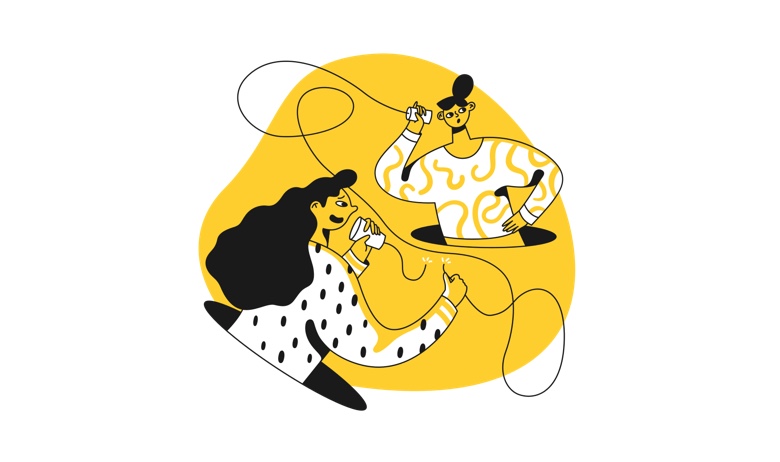Working with a designer should be exciting, not exhausting. Yet too often, projects derail not because of bad design — but because of bad briefs. Vague goals, unclear expectations, and misaligned visions turn even simple jobs into frustrating back-and-forth marathons.
The good news? You don’t need to be a creative genius to write a great design brief. You just need clarity, structure, and a bit of empathy. Here’s how to do it right — without driving yourself (or your designer) mad.
1. Start with the “why”
Before diving into what you want, explain why you want it. Is this a rebrand after a pivot? A new landing page to increase signups? A visual identity for a personal project? Your goals define the design’s direction.
When a designer understands your motivation, they can think strategically — not just aesthetically. The difference shows.
2. Share your business context
Design doesn’t happen in a vacuum. The more your designer knows about your business, audience, competitors, and constraints, the better the results.
Answer questions like:
-
Who is this for?
-
What are you selling (or saying)?
-
Where will the design live — print, web, social, app?
-
What tone or emotion do you want to convey?
A design for a fintech startup isn’t going to look (or feel) the same as one for a tattoo studio. Context is everything.
3. Provide real-world examples
Don’t just say you want something “clean” or “bold.” Show it. Share screenshots, links, or projects you admire. Be honest about what you like (and what you don’t).
Even if the references aren’t exactly what you want, they spark useful conversations. They reveal aesthetic preferences, structural ideas, and inspiration that words often fail to capture.
4. Define the deliverables
Be clear about what you expect at the end. A full brand kit? A Figma prototype? Exported files for print and digital? List the required formats, sizes, platforms — and whether you’ll need editable source files.
If deadlines are involved, set them. If your content is ready, say so. A complete brief reduces assumptions and builds trust.
5. Allow space for creativity
The best briefs are clear — but not rigid. Leave room for your designer to think, experiment, and surprise you. After all, if you knew exactly what the solution should look like, you’d probably design it yourself.
Let the brief be a map, not a GPS. The destination is shared, but how you get there is where the magic happens.
6. Anticipate questions and feedback loops
Great design isn’t a handoff. It’s a conversation. Be prepared for your designer to ask clarifying questions, propose unexpected solutions, or gently challenge your assumptions. That’s not friction — it’s collaboration.
Set expectations early about how feedback will be given, how many revision rounds are included, and who has final sign-off. Clear process = fewer headaches.
7. Respect the tech side too
If your project involves digital outputs — like a website, app, or dashboard — it’s smart to consider technical compatibility early. Talk to developers or tech leads before finalizing scope. A stunning design that breaks your CMS or slows your site isn’t helping anyone.
This is also where hosting and backend infrastructure matter. For security-critical platforms or global products, opting for secure offshore hosting can make design implementation more reliable and scalable. Services with built-in protections help ensure uptime, especially when launching high-traffic visuals.
Conclusion
A good brief is a gift. It saves time, reduces stress, and leads to better outcomes — for everyone involved.
You don’t need to overthink it. Just be honest, structured, and open to the creative process. When you respect the designer’s craft, they’ll respect your vision — and the results will speak for themselves.

